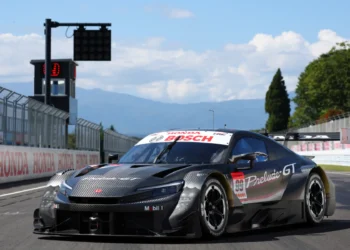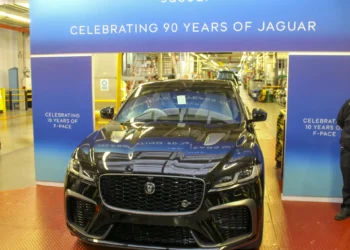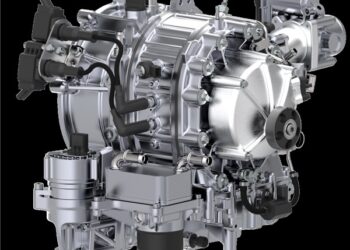Norway has officially requested the purchase of 16 Lockheed Martin M142 High Mobility Artillery Rocket Systems (HIMARS) along with a comprehensive package of associated equipment and ammunition, in a deal that could reach up to $580 million, the Defense Security Cooperation Agency announced Friday. This acquisition, which includes 15 Guided Multiple Launch Rocket System (GMLRS) pods equipped with both fragmentation and high-explosive warheads, as well as 100 M57 Army Tactical Missile System (ATACMS) long-range missiles, marks a significant enhancement of Norway’s military capabilities.
This decision deals a notable setback to South Korea’s Hanwha Aerospace, which had been positioning its K239 Chunmoo rocket artillery system as a strong contender in Norway and neighboring Sweden. The South Korean firm had even signed a partnership agreement with Norwegian company Kongsberg in June to jointly offer the Chunmoo system and other defense equipment in their respective home markets. However, Norway’s preference for the HIMARS system signals a shift in European defense procurement, influenced heavily by the battlefield successes of Ukraine’s use of HIMARS to repel Russian forces at distances unreachable by traditional tube artillery.
The proposed HIMARS deal underscores Norway’s commitment to bolstering its defense capabilities in response to evolving threats, while also ensuring greater interoperability with U.S. and NATO forces. This deal is part of a broader trend in Europe, where countries like Poland, Romania, and the Baltic states have either acquired or placed orders for the HIMARS system, driven by the system’s proven effectiveness in combat.
As European nations increasingly prioritize advanced rocket artillery systems, competition in the defense market is intensifying. Lockheed Martin has teamed up with Rheinmetall to offer a European-made HIMARS variant to Germany, while other players like KNDS and Elbit Systems are developing the EuroPULS next-generation system. Meanwhile, Hanwha’s Chunmoo system, though recently adopted by Poland, faces stiff competition as nations like Denmark, Spain, and the Netherlands opt for alternatives like Israel’s PULS platform.
This growing demand for sophisticated artillery systems has also spurred new developments within France, where companies like Safran and Thales are working on their own proposals to meet the French military’s requirements. Norway’s latest move solidifies HIMARS as a leading choice in Europe’s expanding rocket artillery landscape, leaving other contenders scrambling to secure their foothold.
Photo and Video by Lockheed Martin










